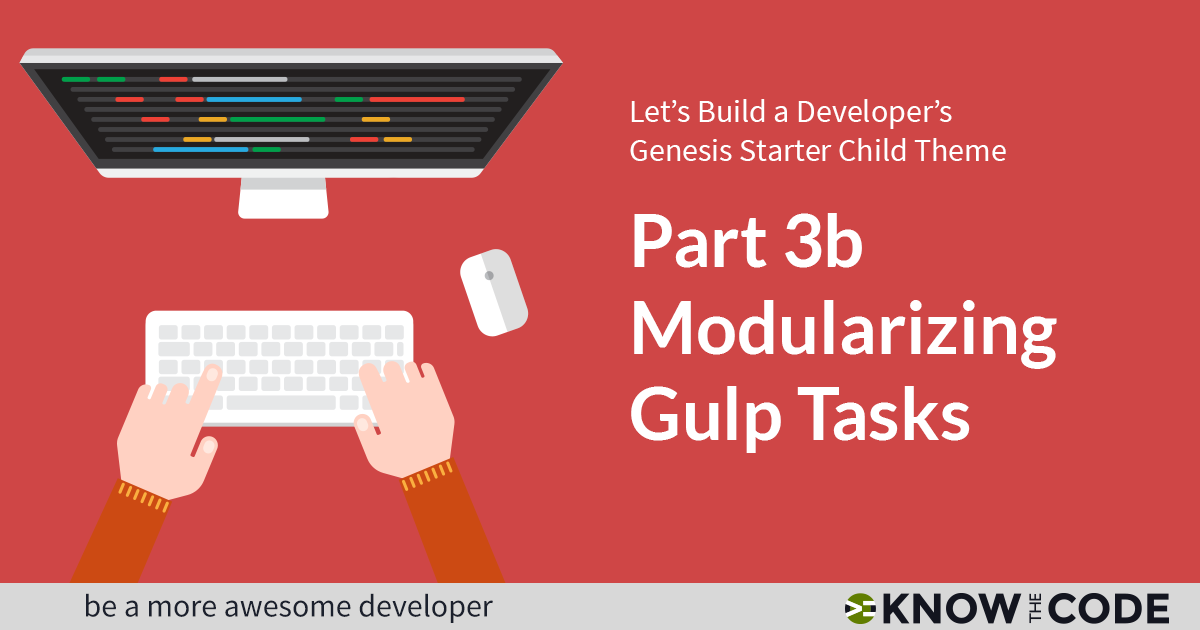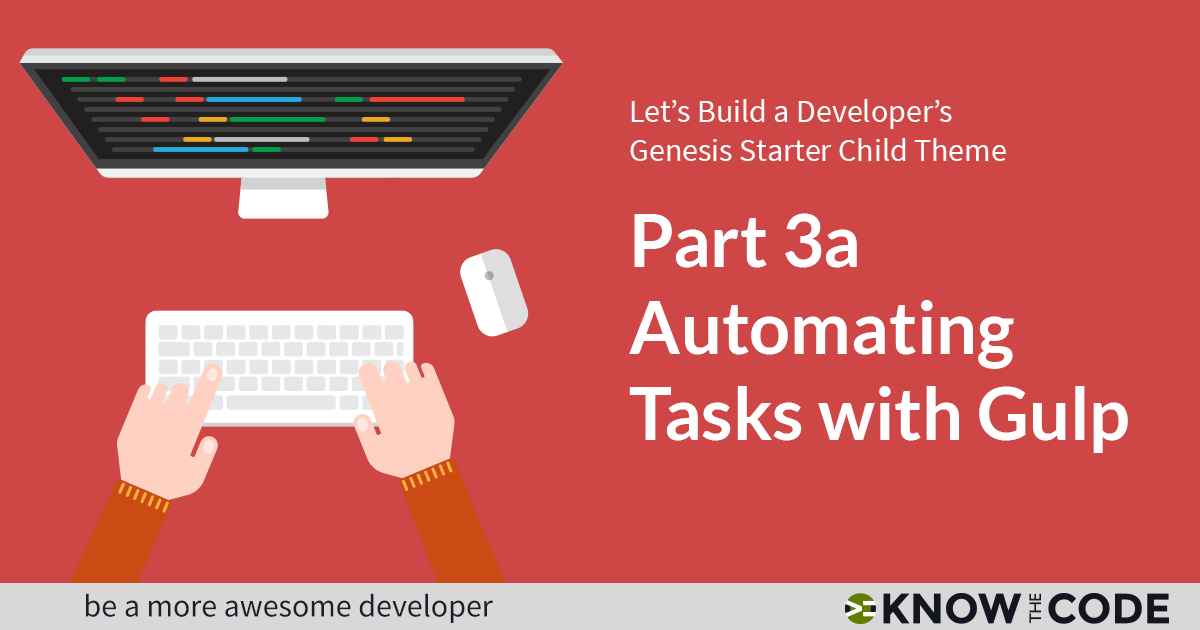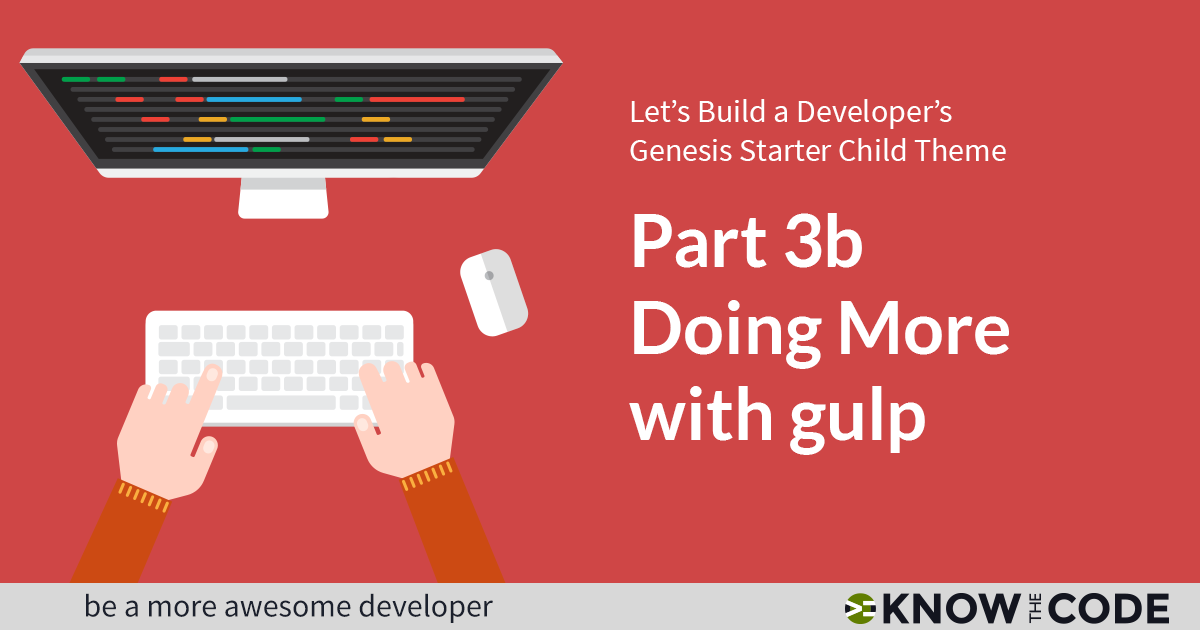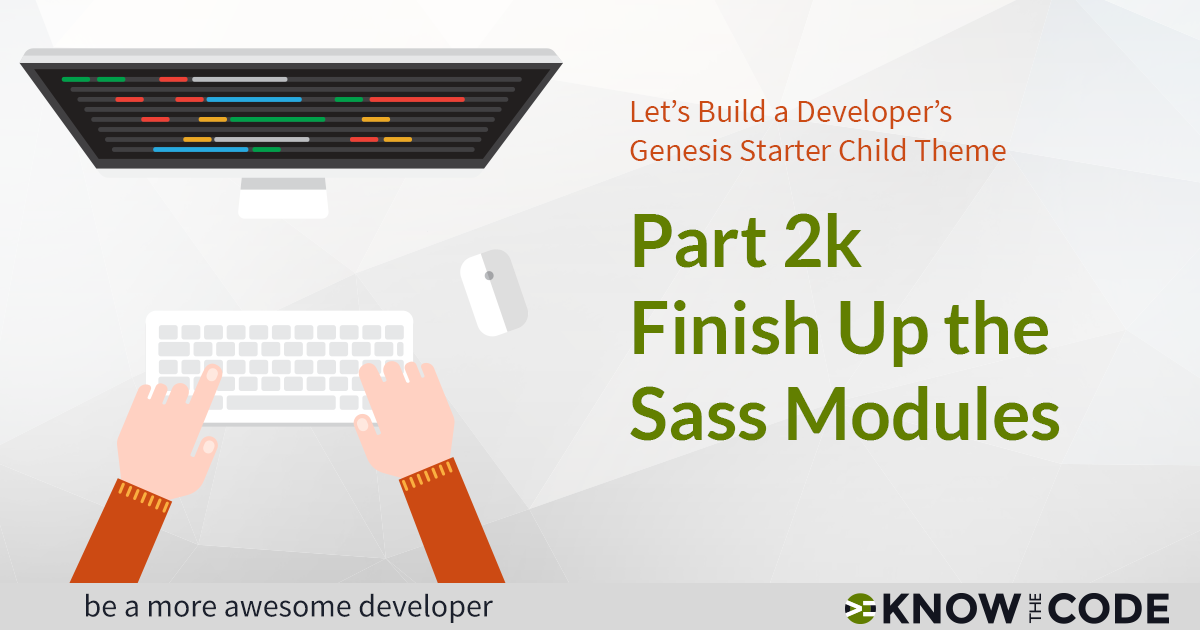Now that your styles are in Sass modules, when you are building, tweaking, and debugging your styles in the browser, it shows the stylesheet and not the respective Sass partial file. It becomes cumbersome to find where your styles are when you want to make a change. Sourcemap solves that problem for you. In the browser, it will show you the Sass partial file associated with the element instead of style.css. It will save you a lot of time and frustration as you are building. You are going to love this module. To install it locally into your theme, type […]




